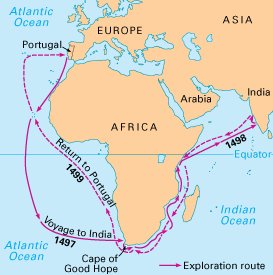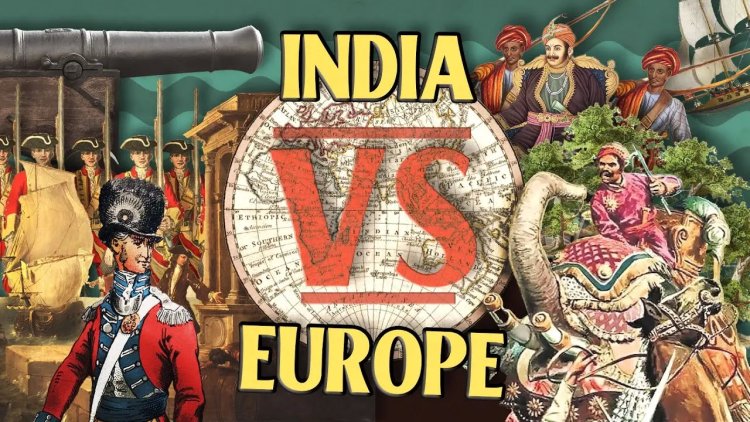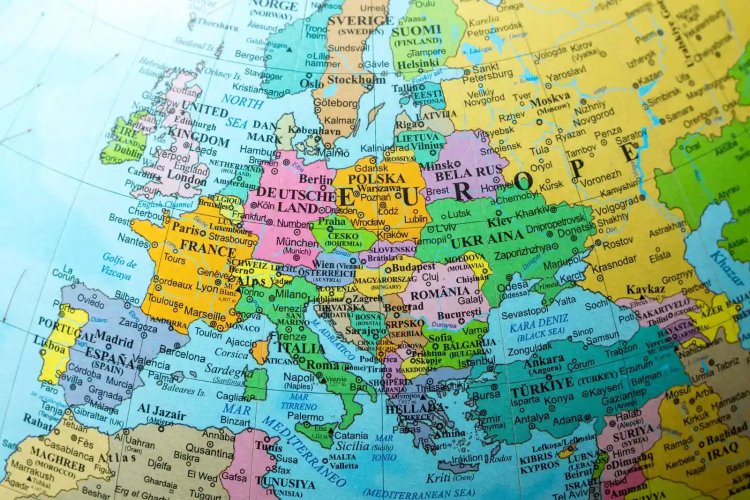European Invasion in India UPSC
Exploration of European economic transformation, trade monopolies, and colonial expansion in India from the 15th to the 19th century.
- From the 15th century to the middle of the 19th century, significant economic transformation occurred in Europe. During this period, technological advancements in agriculture and manufacturing led to astonishing and rapid growth in trade and markets.
- Capitalism was replacing feudal economic systems and reshaping society. However, the changes in Europe were not confined to this extent. After the development around 1500 CE, global history became closely connected to Europe. This was because the capitalist system thrived on profit accumulation and competition in the markets, necessitating continuous expansion through the sale of raw materials and goods. Consequently, its expansion was global, engulfing other economic systems, societies, and cultures.
- Important changes began in the 15th century when European explorations sought new alternatives. This does not mean that there was no contact with existing cultures before. Trade relations with Greek (Greece) and Rome (Italy) were established before the Christian era with India. Contacts with China and other parts of Asia were ancient and continued throughout the Middle Ages. The travel accounts of Marco Polo (1254-1324 CE), who journeyed to China, greatly fascinated Europeans. Stories of immense wealth and prosperity from the East fueled the desire of Europeans.
- Around the 12th century, Italy gained almost a monopoly on trade with the East in Europe. Trade with Southeast Asia and India occurred through various land and sea routes. One route brought eastern goods from the Persian Gulf through Iraq and Turkey. From there, they were transported to the cities of Genoa and Venice through land routes. Another route, involving goods from the Red Sea, brought them to Alexandria in Egypt, but at that time, there was no Suez Canal. Therefore, Alexandria was connected to Italian cities through the Mediterranean Sea.
- During the late Middle Ages, especially in Italy, there was a resurgence of ideas related to renaissance in universities, and a clear expression of it was seen in literature and various arts during the 16th century. The emergence of a rising class of merchants, businessmen, and bankers in Europe greatly influenced the formation of a new middle class. This class was deeply affected by the Renaissance and reform movements. The origin of the Renaissance in Italy saw merchants in the 11th-12th century actively supplying artistic and luxurious goods to European countries, making them very affluent. Thus, Italy dominated trade with eastern countries, and Italy supplied a large amount of goods to European countries.
- Several countries in Europe wanted to break Italy's monopoly in the field of trade. Since the 15th century, countries located on the Atlantic coast were exploring alternative routes towards the east by going around Africa. It is noteworthy that in the northern half of the 15th century, the rise of various centralized states and powerful monarchs facilitated geographical explorations and provided financial support to explorers. Portugal and Spain are prominent examples of such countries. In the 15th and 16th centuries, the art of printing and map-making developed rapidly. Technological advancements such as the compass, astronomical observatories, gunpowder, and others greatly assisted explorers in their journeys.

As a result, the rise of the Renaissance, low-profit investment in agriculture, the need for raw materials, the acquisition and expansion of new markets, the attraction of wealth from the East, the desire for the spread of Christianity, and the shift from the old system (feudalism) to the new system (capitalism) in Europe, all played a role in making the arrival of European colonial powers in India favorable.
In this way, the factors like the rise of Renaissance, less profitable investment in agriculture, the need for raw materials, the acquisition and expansion of new markets, the attraction of wealth from the East, the desire for the spread of Christianity, and the replacement of the old system (feudalism) with the new system (capitalism) in Europe paved the way for the arrival of European colonial powers in India.
What's Your Reaction?



















